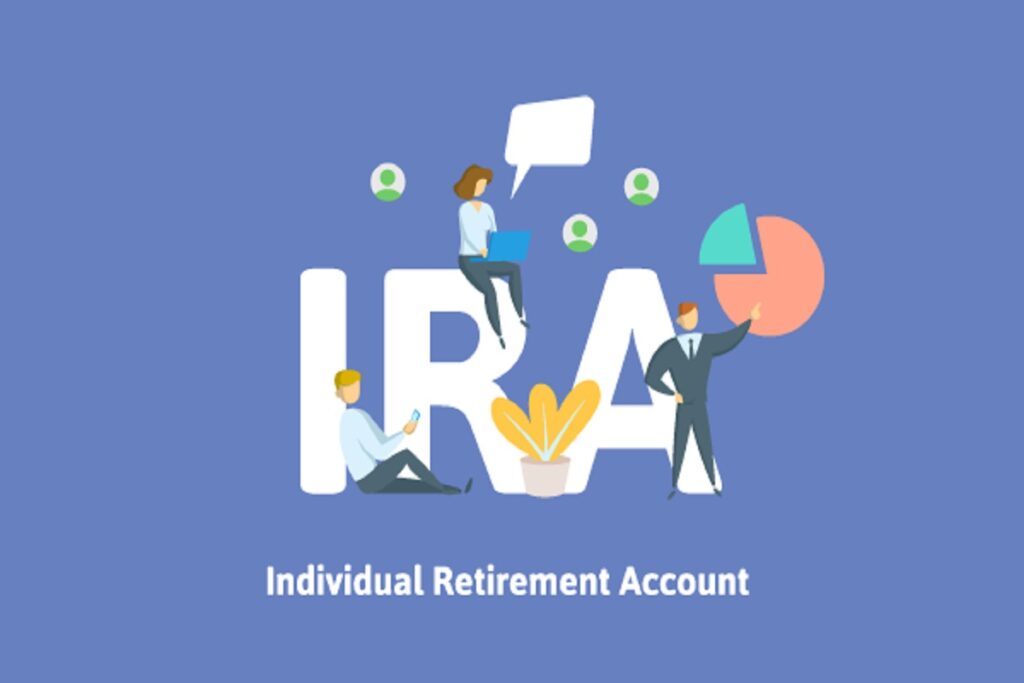IRA Income Limits 2023: Detailed information context to it is available here!
IRA Income Limits 2023: Detailed information context to it is available here!

By contributing to an Individual Retirement Account (IRA) on irs.gov/, you can potentially augment your retirement savings and enjoy tax-sheltered investment gains. Depending on factors such as your income, you may even qualify for a tax deduction. The annual IRA Income Limits for 2023 have risen to $6,500 from $6,000 in 2022, or $7,500 if you are over 50 years old. It’s crucial to remember that these limits apply to your total contributions to both traditional and Roth IRAs. Therefore, if you have both types of IRAs, your contributions for 2023 cannot exceed $6,500.
IRA Income Limits 2023
Apart from the annual contribution limit, the IRA Income Limits for 2023 guidelines include several other provisions. If your Modified Adjusted Gross Income (MAGI) surpasses a certain threshold, your eligibility to contribute to a Roth IRA may be further limited. IRAs, as tax-advantaged accounts, are instrumental for Americans in building a robust financial foundation for retirement, providing benefits such as potential tax deductions, tax-deferred growth, and a wide array of investment options.
However, not everyone qualifies to contribute to an IRA. The Internal Revenue Service (IRS) establishes annual IRA Income Limits, determining who can contribute and receive the full benefits of an IRA. It’s important to understand these limits as we enter 2023 to fully leverage these invaluable retirement savings accounts.
IRA Contribution Limit Calculation
For 2023, the IRA contribution limit is set as follows: individuals under 50 can contribute up to $6,500 to their Traditional or Roth IRA. Those aged 50 or older can make an additional catch-up contribution of $1,000, raising the total maximum contribution limit to $7,500. Be aware that these limits may be adjusted by the IRS in future years based on inflation or other factors.
Adhering to these limits is essential to avoid tax consequences and to optimize the benefits of your IRA as a key part of your retirement savings strategy.
How much should you contribute to your IRA?
Deciding how much to contribute to your IRA can be challenging. Fidelity recommends aiming to save 15% of your annual pre-tax income (including any employer contributions) for retirement. This includes any funds in 401(k)s or 403(b)s, as well as any other retirement accounts or savings plans. Consult a financial advisor to determine the best strategy for your goals.
What happens If You Contribute too Much to an IRA?
Over-contributions to an IRA can occur if not properly managed, especially if you have multiple IRAs or have set up substantial automated contributions. This can lead to overfunding of either Roth or traditional IRAs beyond the annual limits set by the IRS.
Excess contributions attract a 6% tax by the IRS until the situation is rectified. To dodge this 6% tax, it’s crucial to withdraw the excess contributions, along with any earnings they may have generated, prior to the tax filing deadline.
However, keep in mind that withdrawing these excess contributions before you reach the age of 59 1/2 could potentially lead to income taxes as well as a 10% early withdrawal penalty.
To correct these excess contributions, you can withdraw them and file an amended tax return by October 15. If you miss this deadline, another option is to reduce your contributions in the following year until the over-contributed amount is fully addressed.
Exceptions to IRA Limits and Recent Changes
Even if you are unemployed, you can still contribute to an IRA if your spouse has an income. When filing a joint tax return with a spouse who has earned income and you have none, you can open an IRA in your name and contribute to it through a Spousal IRA. This allows both partners to effectively double the annual contribution limits.
Importantly, rollover contributions have no limit. If you’re transferring funds from a 401(k) into an IRA, known as a rollover, it won’t affect the annual contribution limit. These rollovers are separate from your regular contributions and thus are not counted against the annual cap.
Traditional IRA deduction limits 2023
Contributions to a Traditional IRA may be eligible for tax deductions. You can certainly contribute the full amount, however, the deductibility could be limited if you or your spouse have contributed to a 401(k) or any other employment-based retirement plan during the fiscal year. This limitation includes contributions made by your employer. On the other hand, if neither you nor your spouse is part of any workplace retirement plan, your contributions can be deducted irrespective of your income level.
Roth IRA income and contribution limits 2023
To make contributions to either a Roth or Traditional IRA, you must have earned income. The contributions made cannot exceed the total income earned in the given tax year. Roth IRAs come with income limitations. These restrictions may either disqualify you from contributing to a Roth IRA or may restrict your contributions to less than the annual IRA contribution limits.
Note: All informations like net worths, obituary, web series release date, health & injury, relationship news & gaming or tech updates are collected using data drawn from public sources ( like social media platform , independent news agency ). When provided, we also incorporate private tips and feedback received from the celebrities ( if available ) or their representatives. While we work diligently to ensure that our article information and net worth numbers are as accurate as possible, unless otherwise indicated they are only estimates. We welcome all corrections and feedback using the button below.
Advertisement